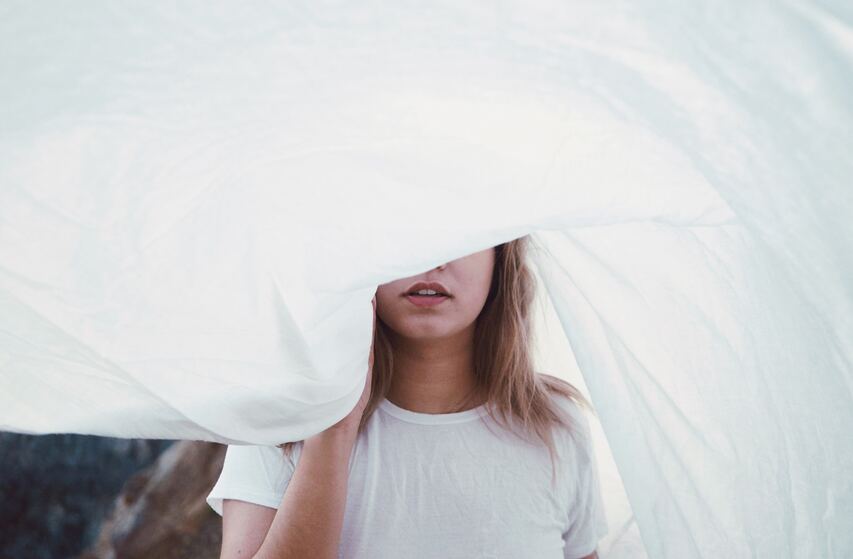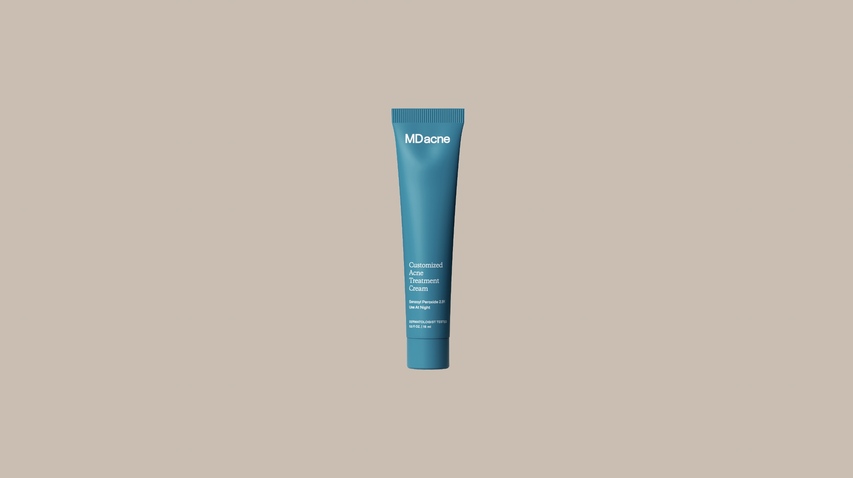Benzoyl peroxide without bleaching

Benzoyl Peroxide Without the Bleach Drama: Clear Skin, Intact Fabrics
Benzoyl peroxide is one of the most powerful ingredients in the fight against acne. Known for its ability to clear breakouts, reduce inflammation, and prevent future flare-ups, it's a go-to for many skincare enthusiasts. But there’s one downside—its knack for bleaching fabrics. If you’re tired of saying goodbye to your favorite colorful sheets and towels, don’t worry! With a few simple tricks, you can keep your fabrics vibrant while reaping the acne-fighting benefits of benzoyl peroxide.
Why Benzoyl Peroxide Works Wonders for Acne
Dermatologists recommend benzoyl peroxide (BPO) for its ability to:
- Unclog pores
- Kill acne-causing bacteria
- Reduce inflammation
What’s New in Benzoyl Peroxide?
Innovations like MDacne's benzoyl peroxide creams combine micro-particle technology with anti-inflammatory ingredients. This advanced formulation:
- Reduces skin irritation compared to older BPO formulas
- Boosts the overall effectiveness of acne treatments
Additionally, MDacne’s creams are packed with extra skin-loving ingredients:
- Vitamin C: Brightens skin and fades post-acne marks.
- Green Tea: Reduces sebum production and soothes redness.
- Cucumber Extract: Hydrates and calms irritated skin.
- Licorice Root Extract: Fades dark spots and evens skin tone.
- Glycerin: Keeps skin hydrated and strengthens its barrier.
- Vitamin E: Protects skin cells and reduces inflammation.
How to Protect Your Fabrics While Using Benzoyl Peroxide
-
Switch to White Bedding
Using white sheets and pillowcases is an easy way to avoid noticeable bleach marks. Plus, white bedding adds a clean, minimalist aesthetic to your room. -
Use White Towels
Not ready to swap out your colored sheets? Place a white towel under your head at night. It protects your bedding and can be washed frequently to prevent acne-causing bacteria buildup. -
Wear White Clothing
When applying benzoyl peroxide, opt for old white T-shirts or tops. This prevents accidental bleaching of your favorite outfits during your skincare routine. -
Consider Stain-Resistant Fabrics
Stain-resistant sheets, towels, and clothing are specially treated to resist discoloration, making them ideal for BPO users who prefer colorful fabrics.
How to Store Benzoyl Peroxide Safely
Keep your benzoyl peroxide creams potent by storing them in a cool, dry place (below 70°F/20°C). Avoid heat, moisture, and direct sunlight. Proper storage ensures that your product remains effective for longer.

FAQs About Benzoyl Peroxide
Q1: Why is benzoyl peroxide so effective against acne?
Benzoyl peroxide kills acne-causing bacteria, unclogs pores, and reduces inflammation, making it a top choice for dermatologists.
Q2: How does MDacne's formula stand out?
MDacne's benzoyl peroxide products use micro-particle technology, which minimizes irritation and enhances effectiveness. They also include ingredients like Vitamin C and Green Tea for additional skin benefits.
Q3: How does Vitamin C help with post-acne marks?
Vitamin C brightens the skin, reduces hyperpigmentation, and supports cell renewal, improving the overall appearance of acne-prone skin.
Q4: Can green tea help reduce acne breakouts?
Yes! Green Tea has anti-inflammatory and sebum-regulating properties, making it effective at reducing redness and preventing future breakouts.
Q5: What’s the best way to protect my fabrics during BPO treatment?
Use white sheets, pillowcases, and towels, or switch to stain-resistant fabrics to avoid visible bleaching.
Q6: Can glycerin help soothe acne-prone skin?
Absolutely. Glycerin is a humectant that locks in moisture, helping to keep your skin hydrated and protected while soothing irritation.
Q7: What’s the deal with white towels in an anti-acne routine?
White towels not only protect your bedding but also reduce the spread of acne-causing bacteria when washed frequently.
Q8: Is there a way to prevent BPO from bleaching clothes?
Yes! Wear old white shirts during your skincare routine or opt for stain-resistant fabrics to protect your wardrobe.
Bleach-Free, Acne-Free: The Perfect Balance
Benzoyl peroxide is an acne-fighting powerhouse, and you don’t have to let its bleaching tendencies get in the way of clear skin. By following these simple tips, you can protect your fabrics while staying consistent with your skincare routine. Embrace the journey to clearer skin without worrying about sacrificing your favorite linens and clothes.
Shop:
MDacne's Benzoyl Peroxide 2.5% Kit 60 Days (amazon).
Benzoyl Peroxide 2.5% (Amazon).
Benzoyl Peroxide 5% (Amazon).
Body Acne Benzoyl Peroxide 5%
Hydrating Acne Cleanser (Amazon).
Oil-free Sunscreen (Amazon).
Acne Supplements for Teen Acne (Amazon).
Acne Supplements for Adult Acne (Amazon).
To find the right acne treatments for your unique skin, take the free skin assessment by clicking here.



